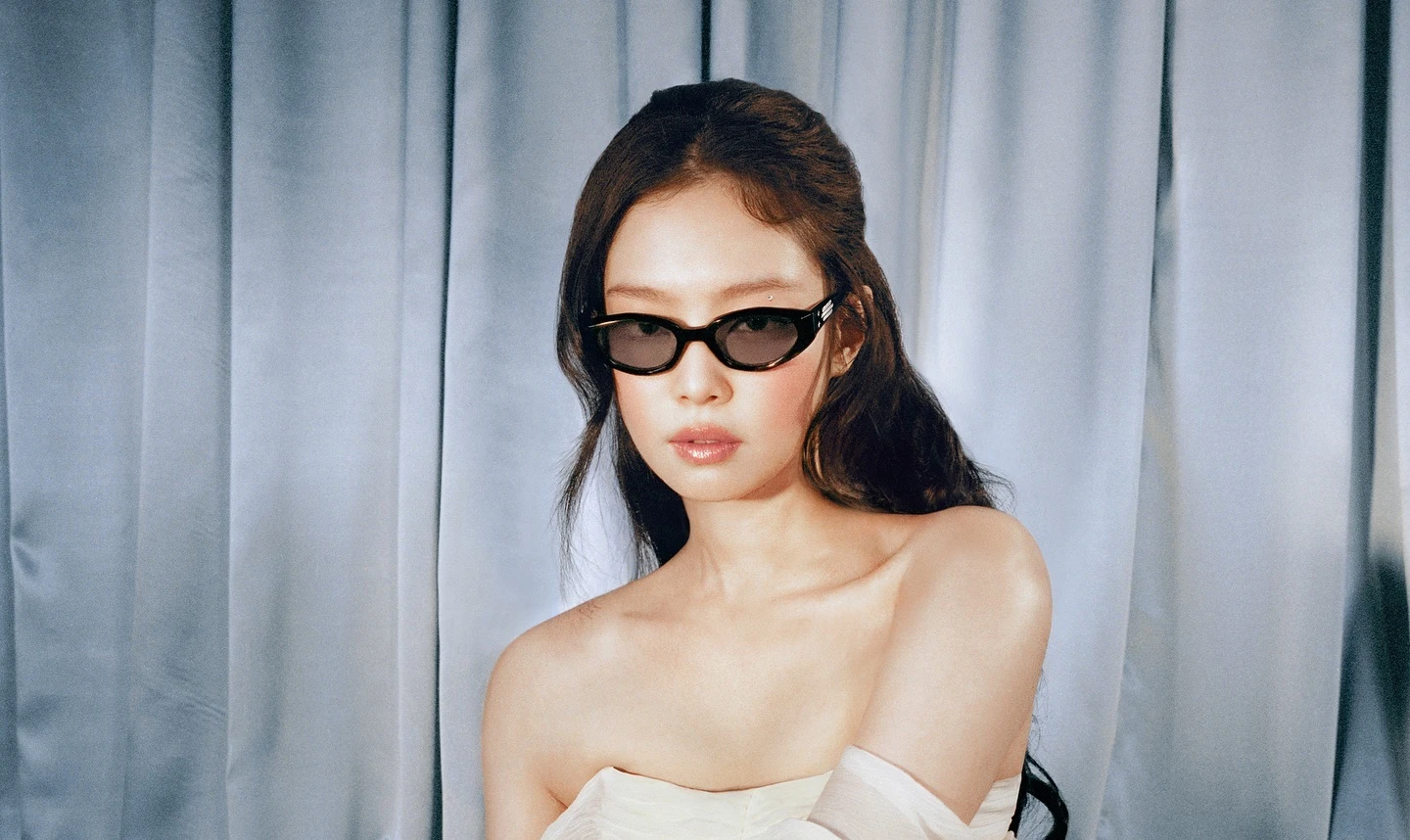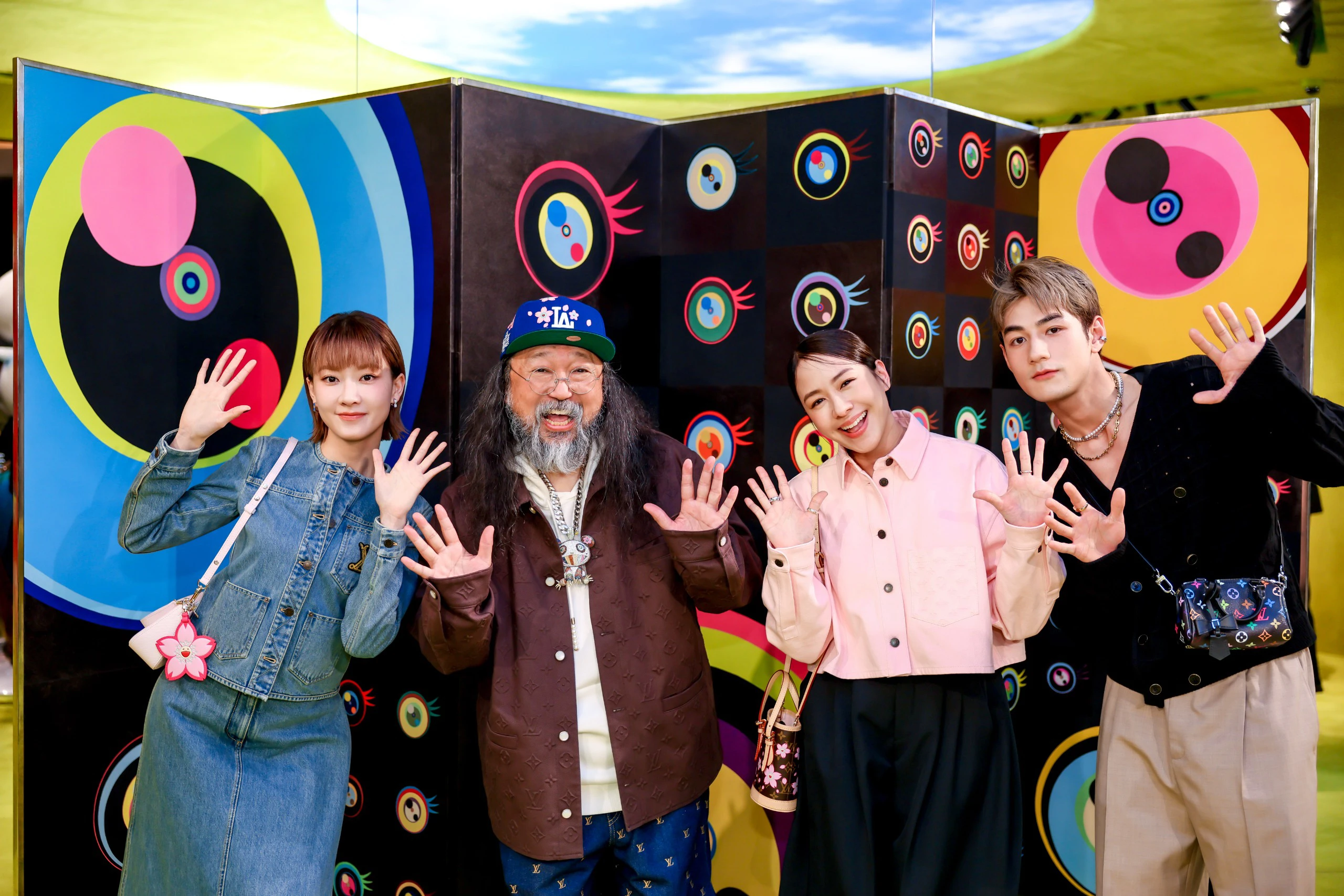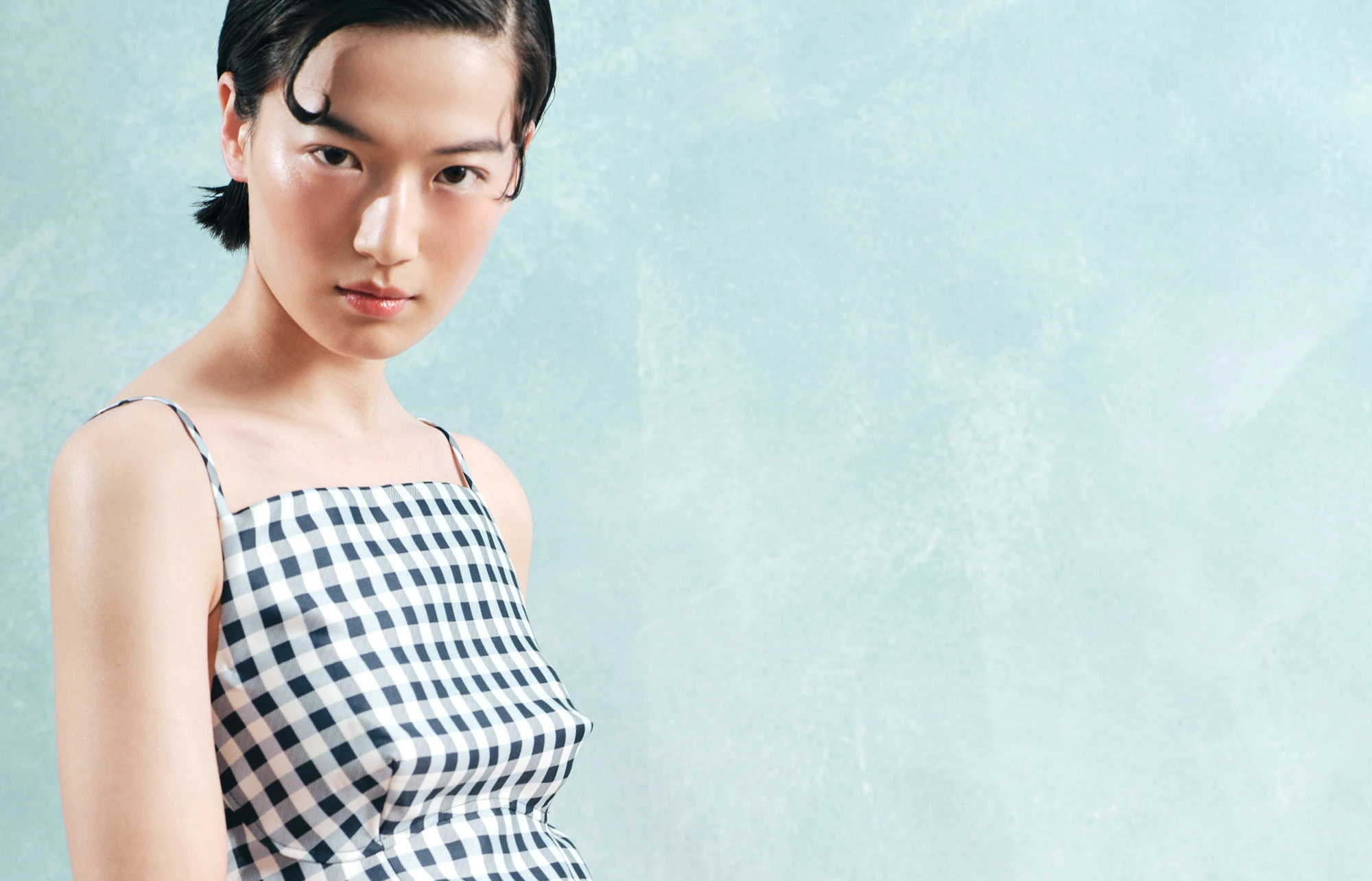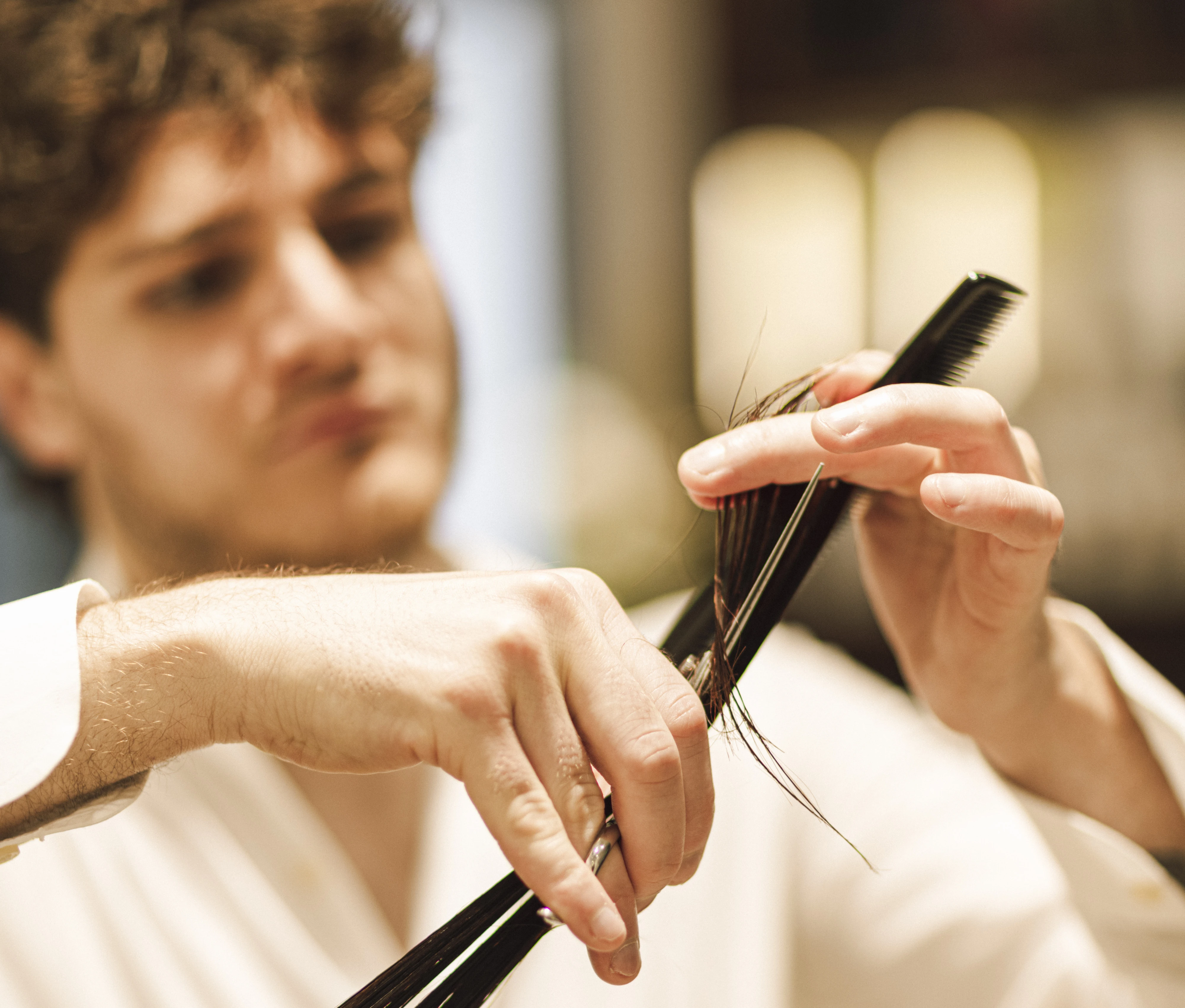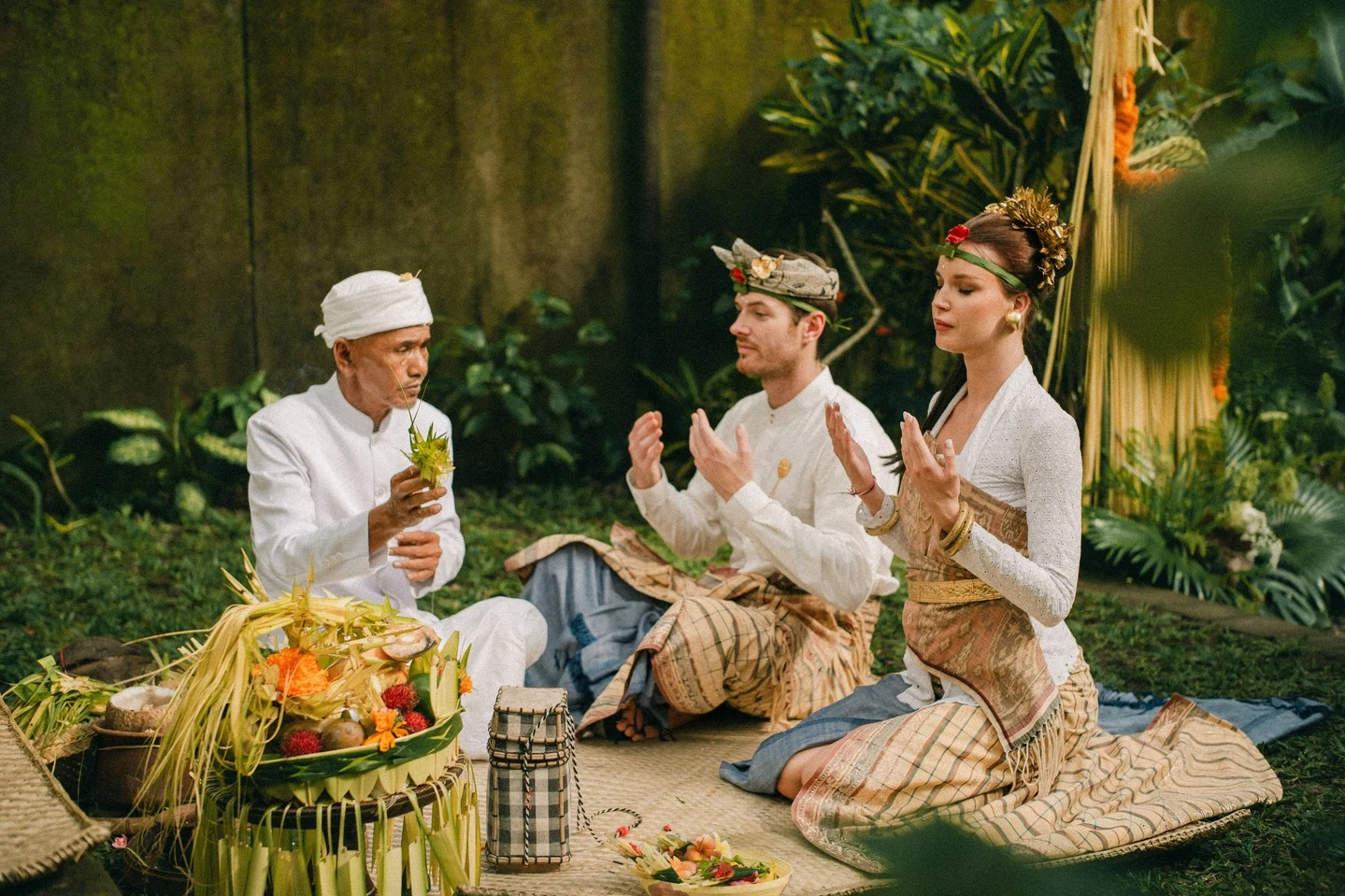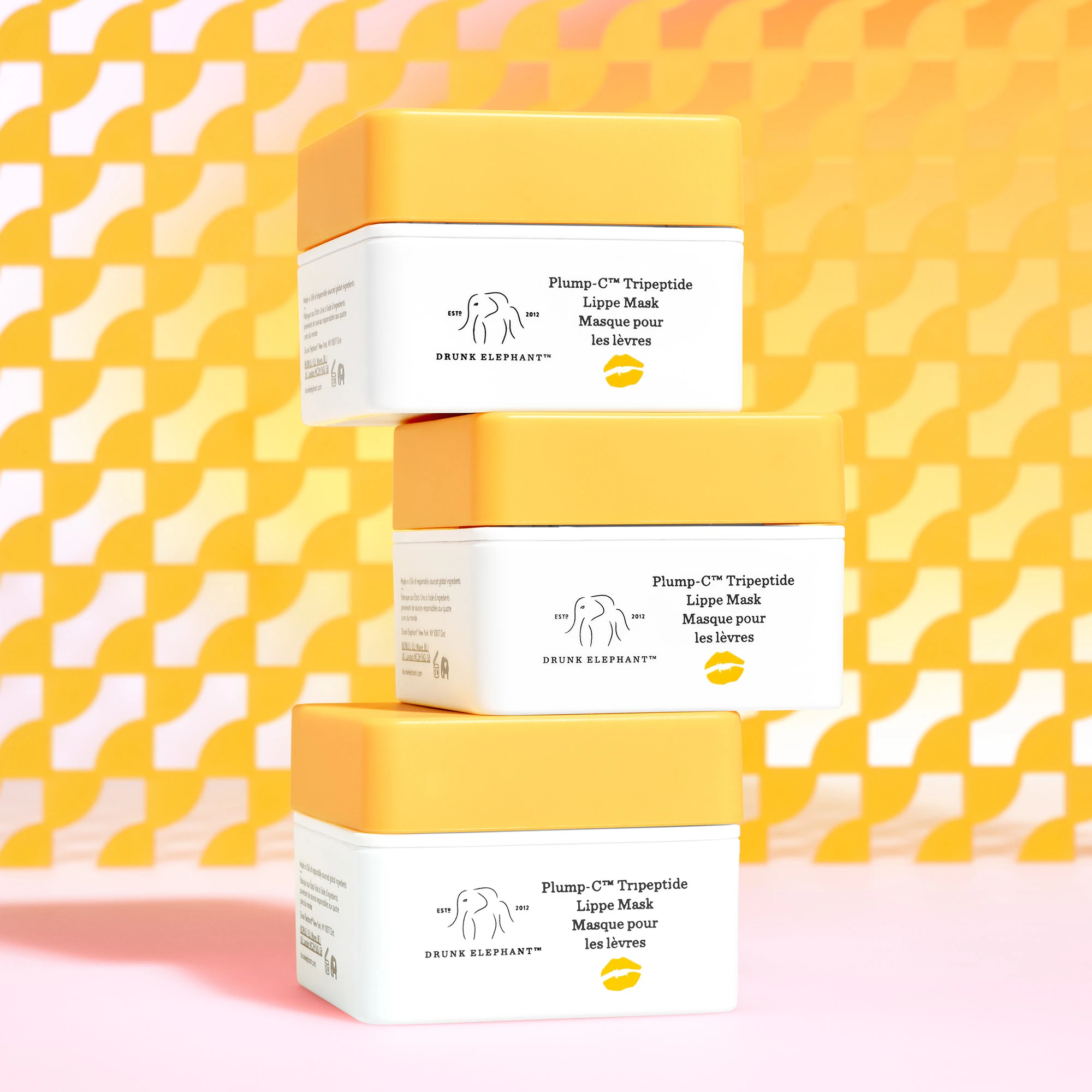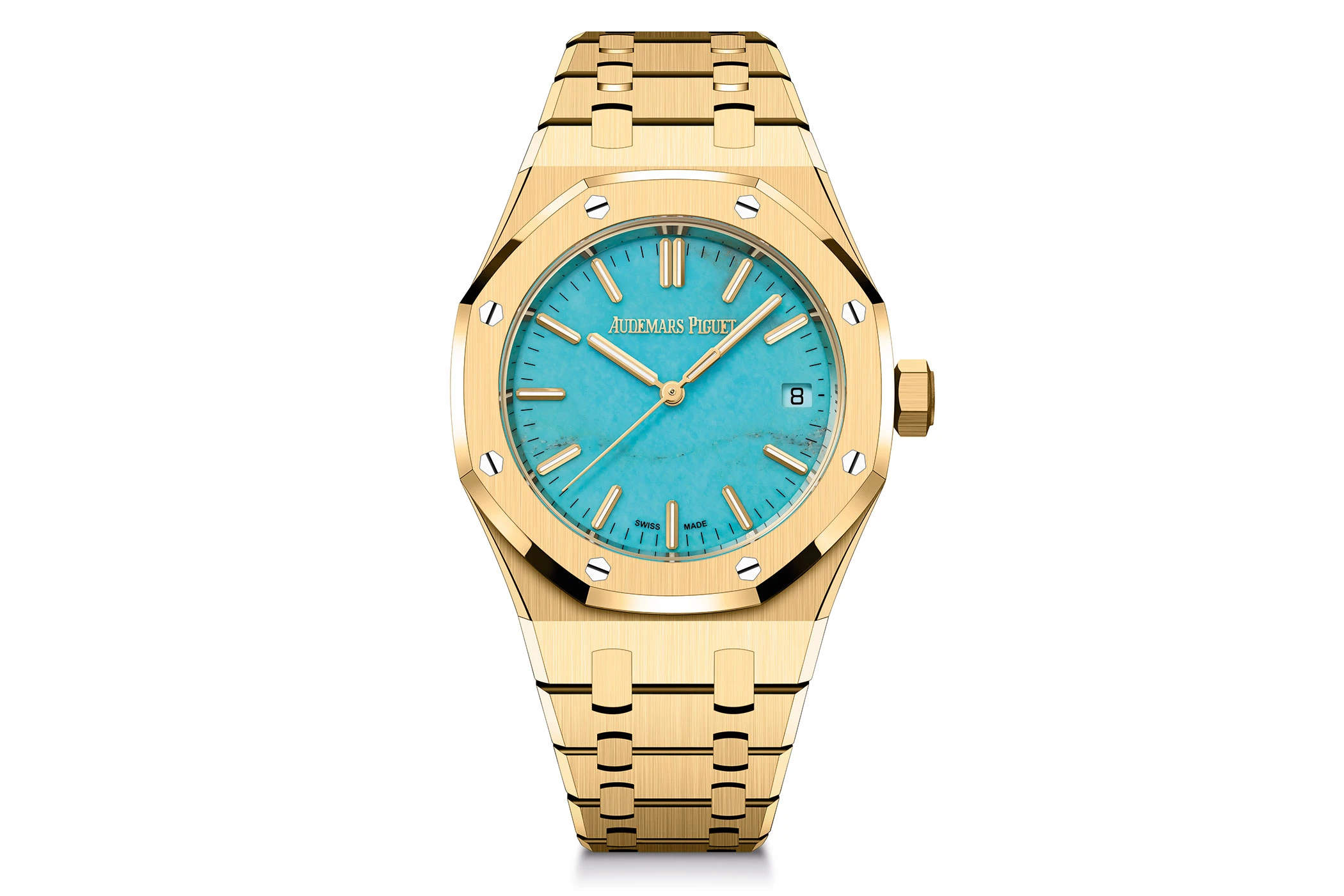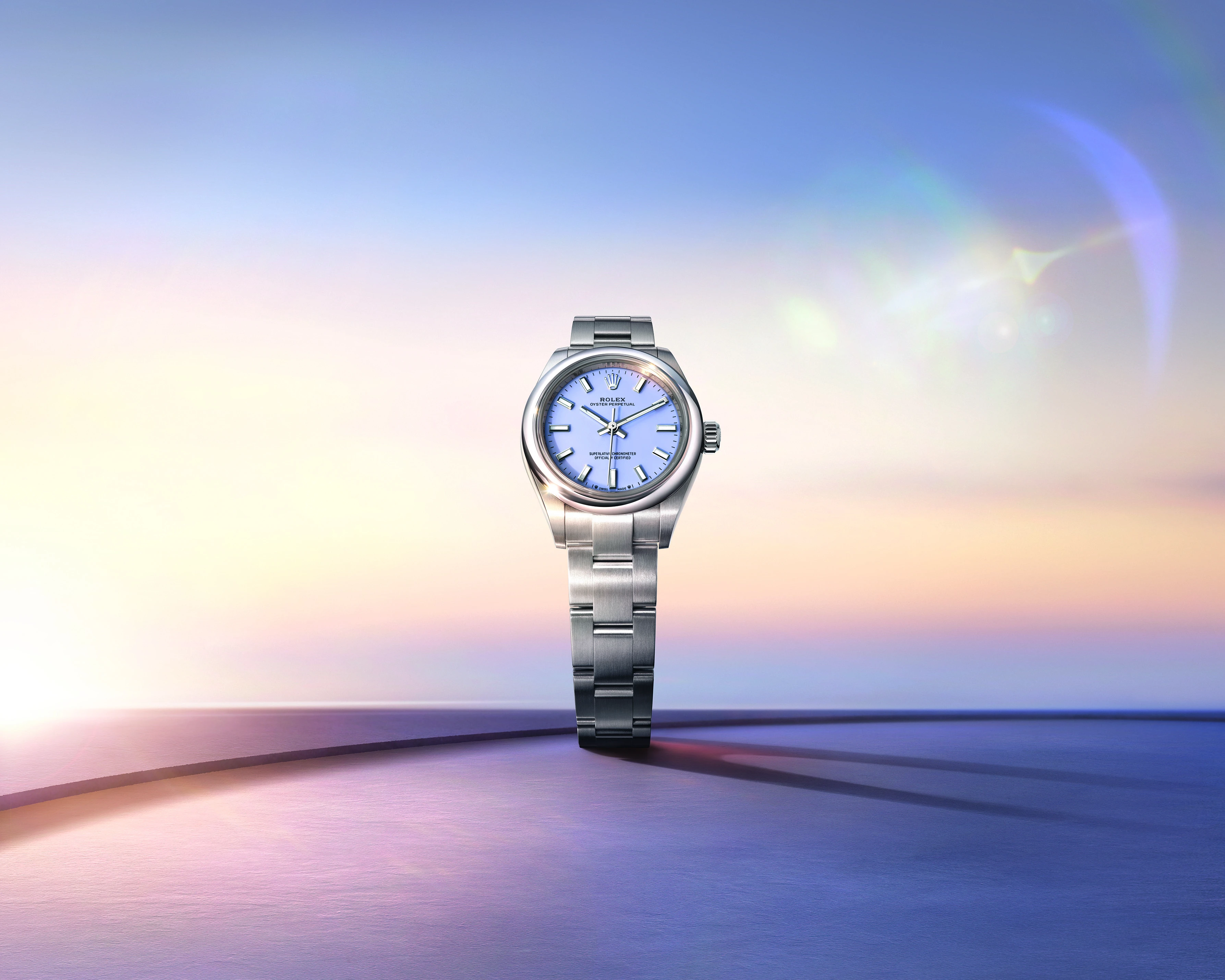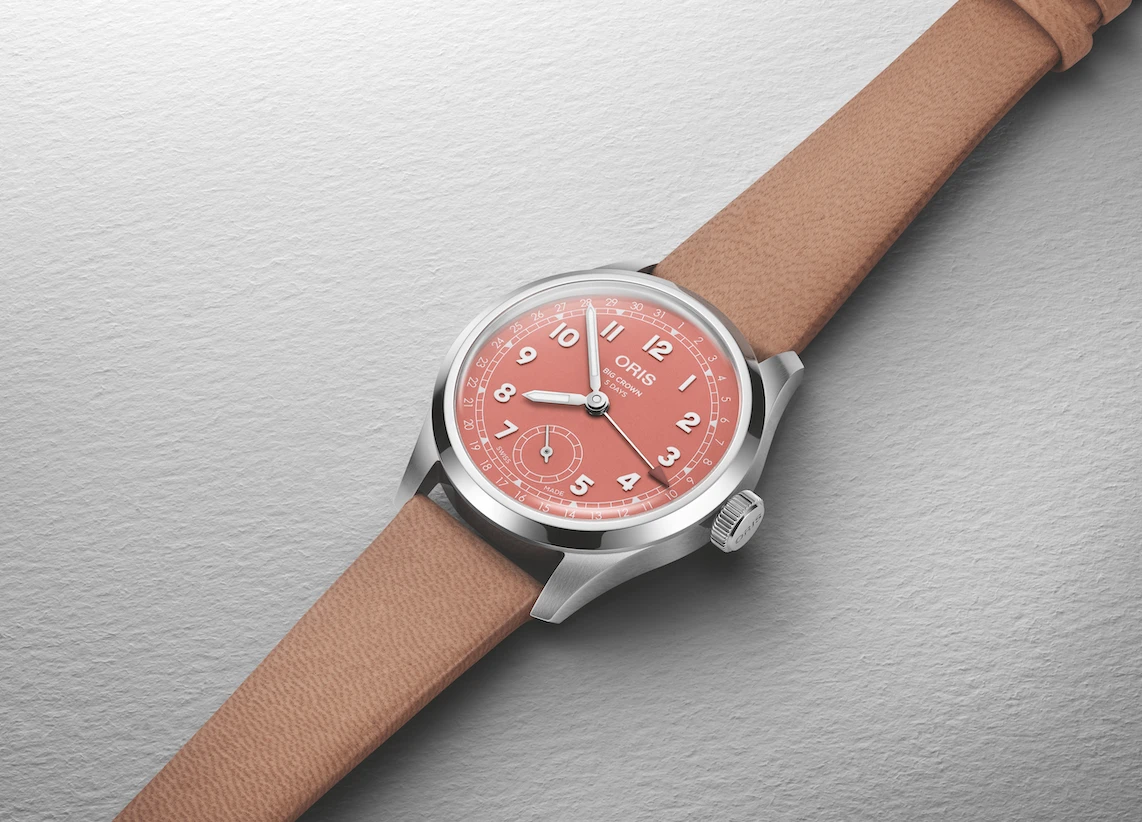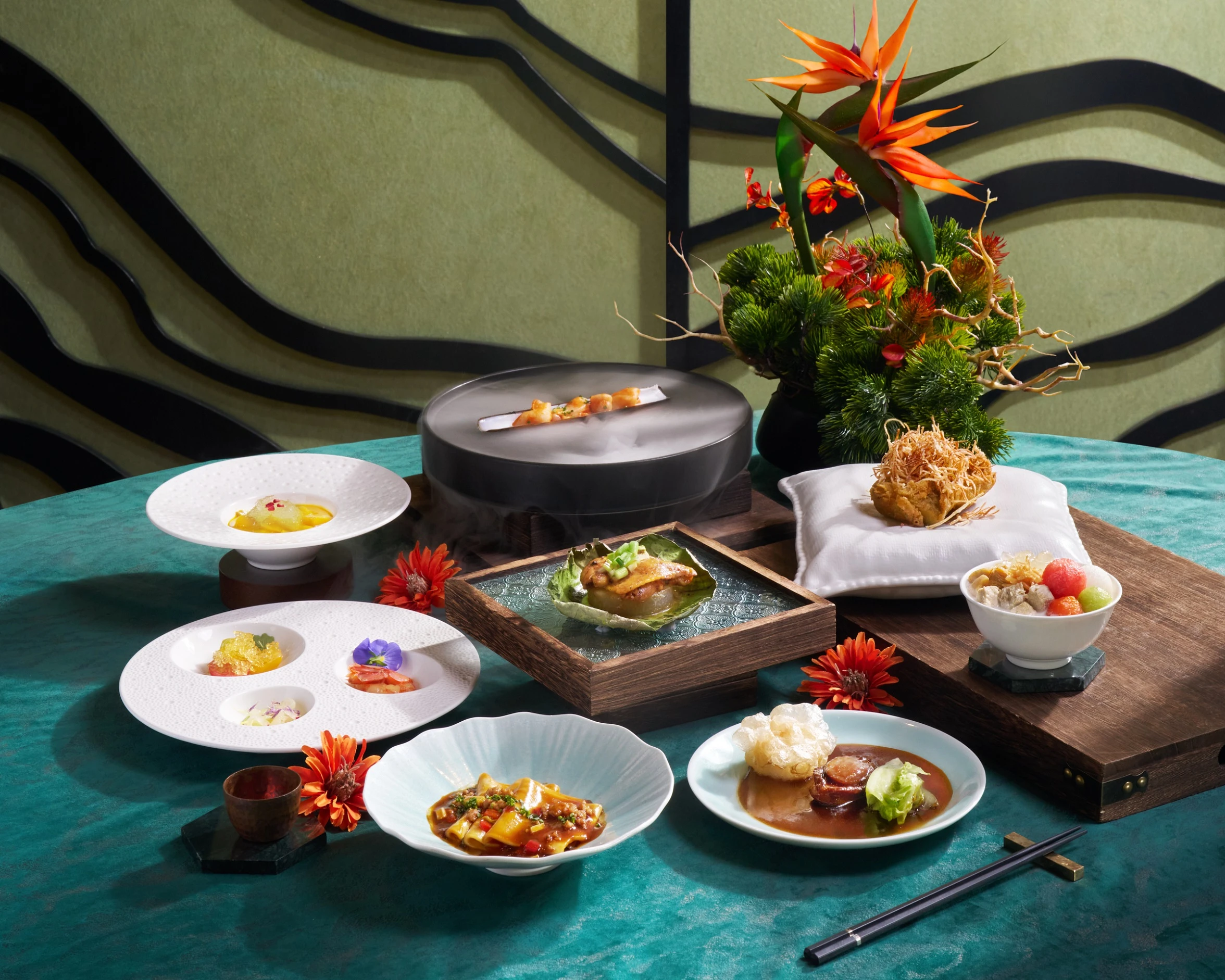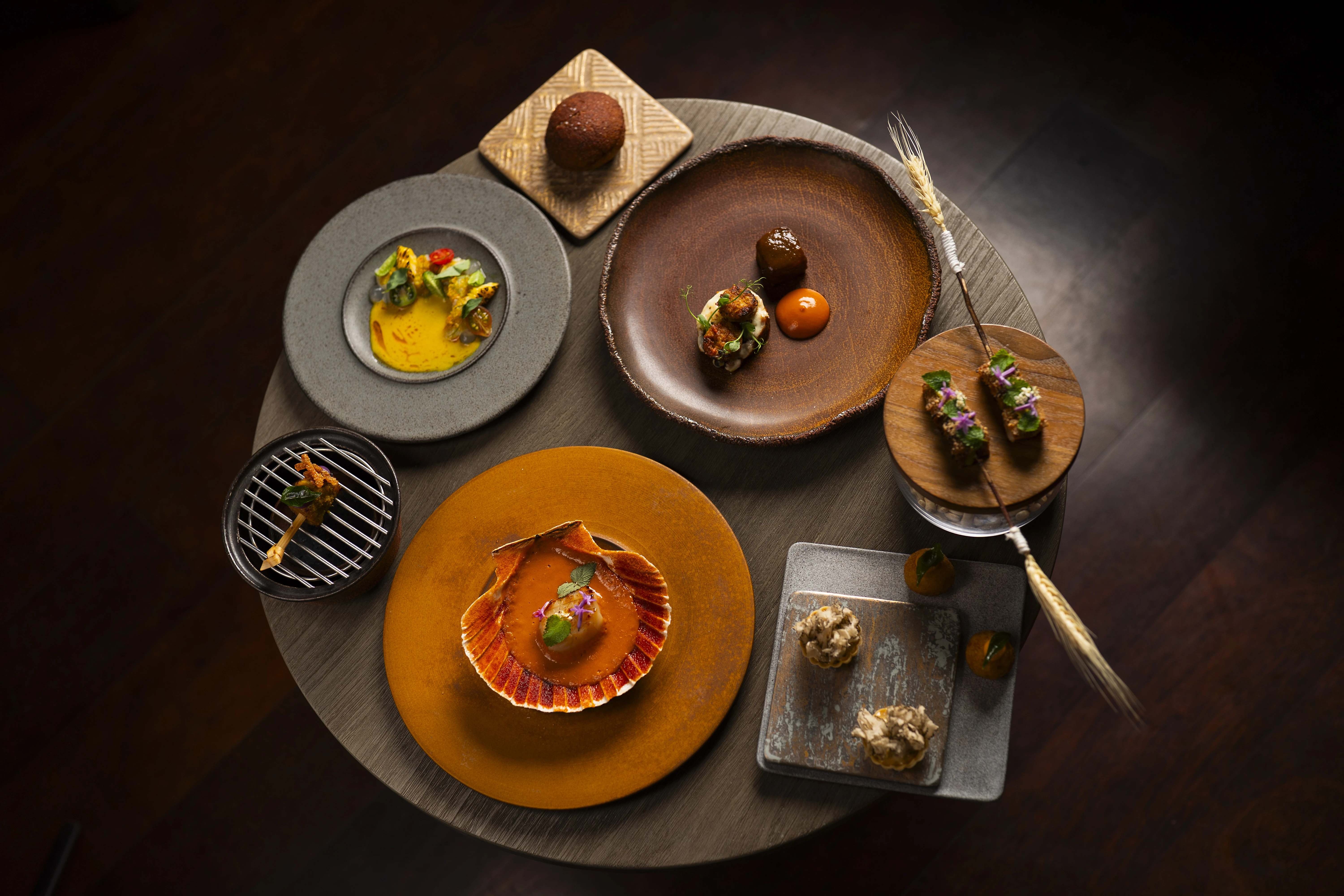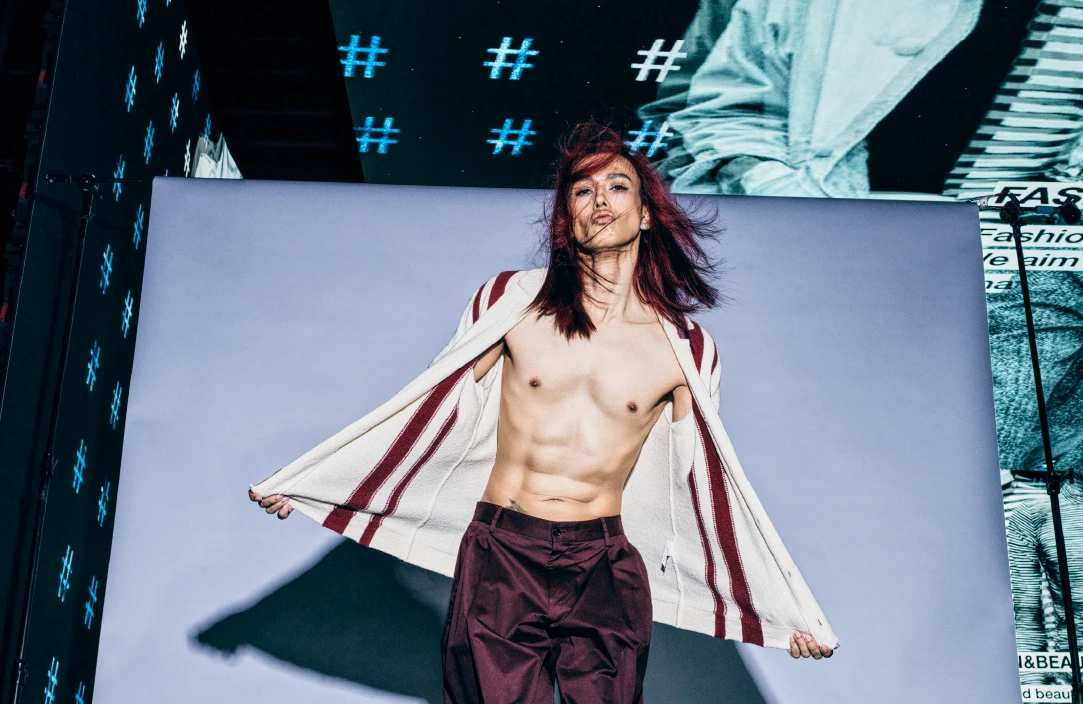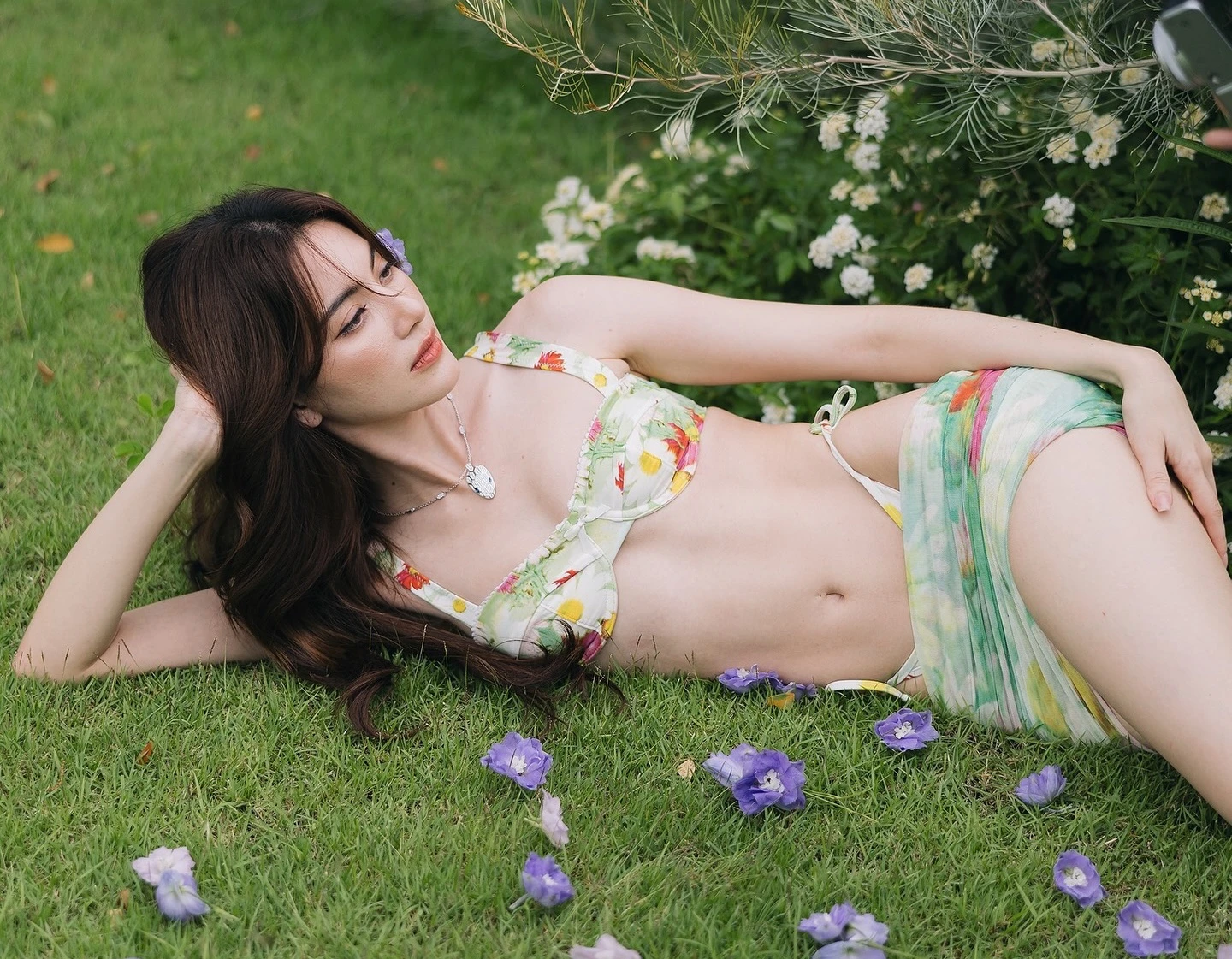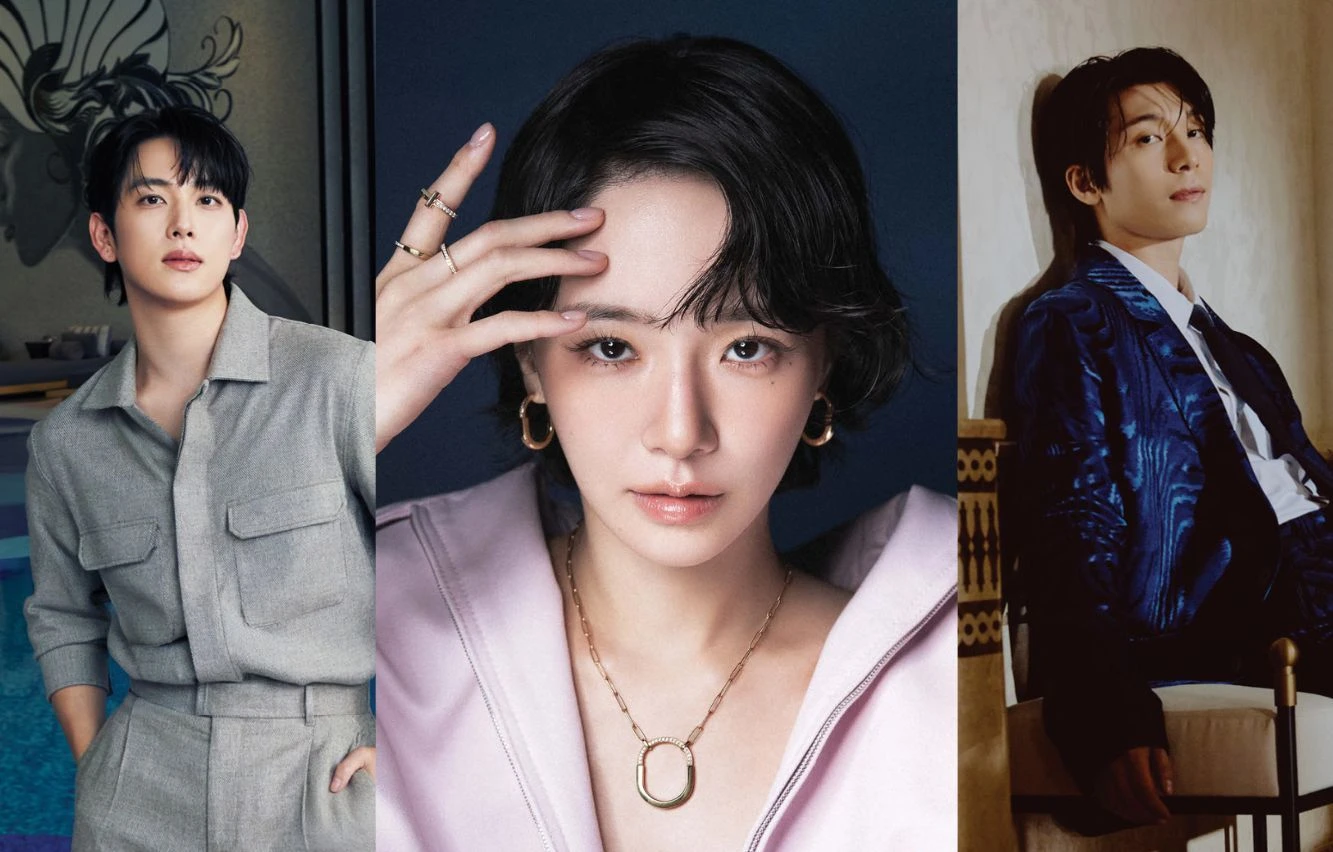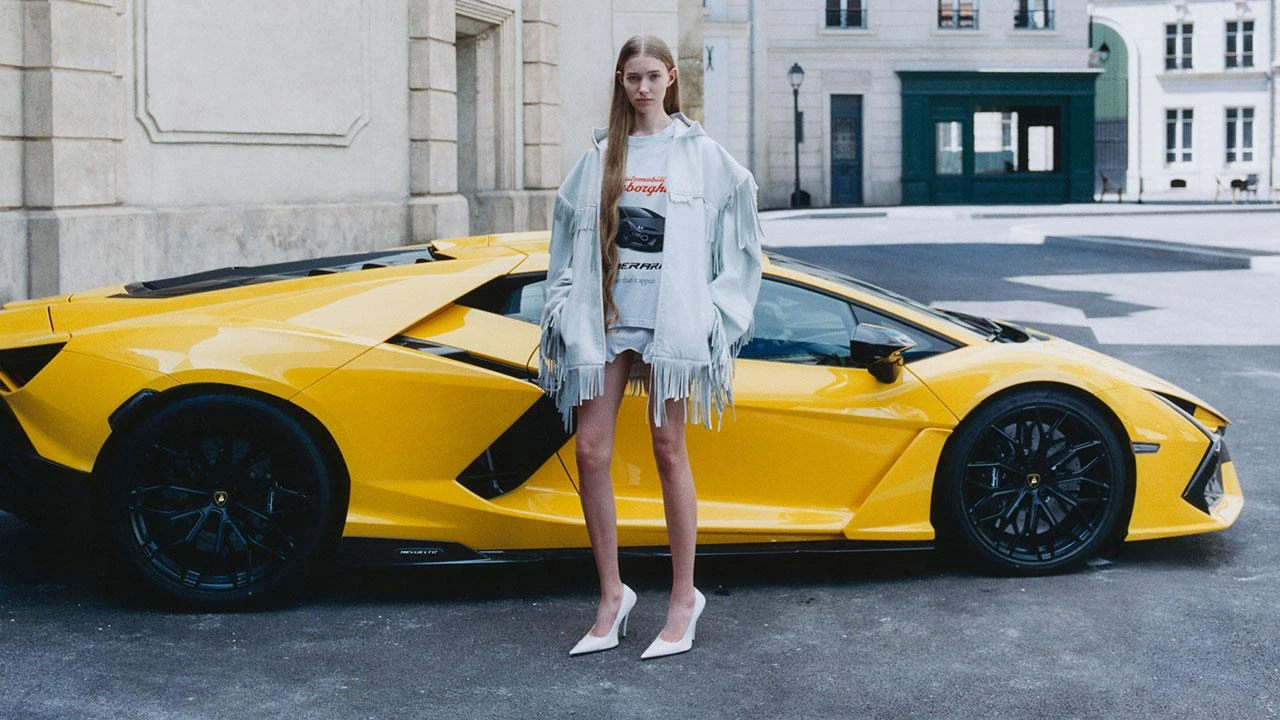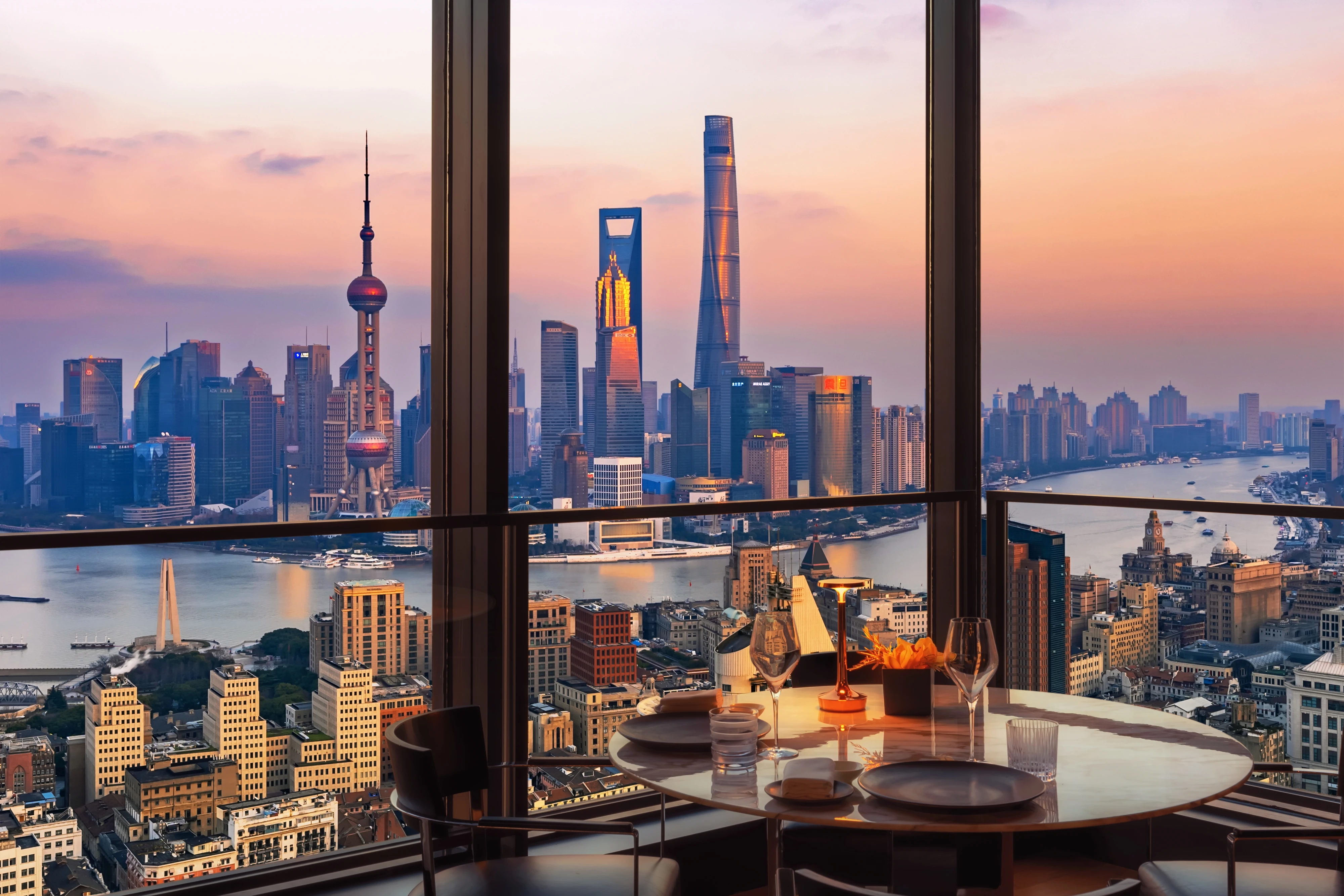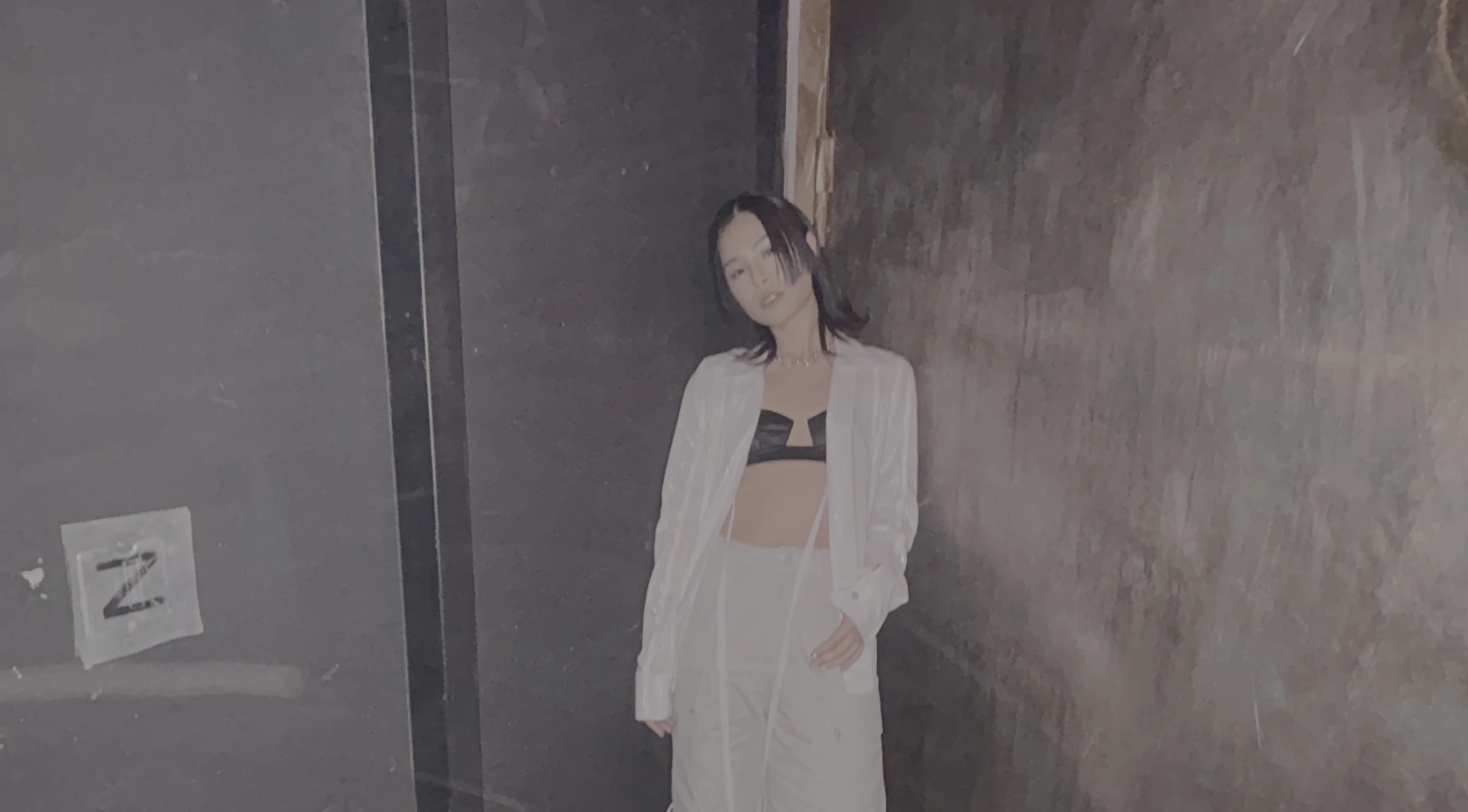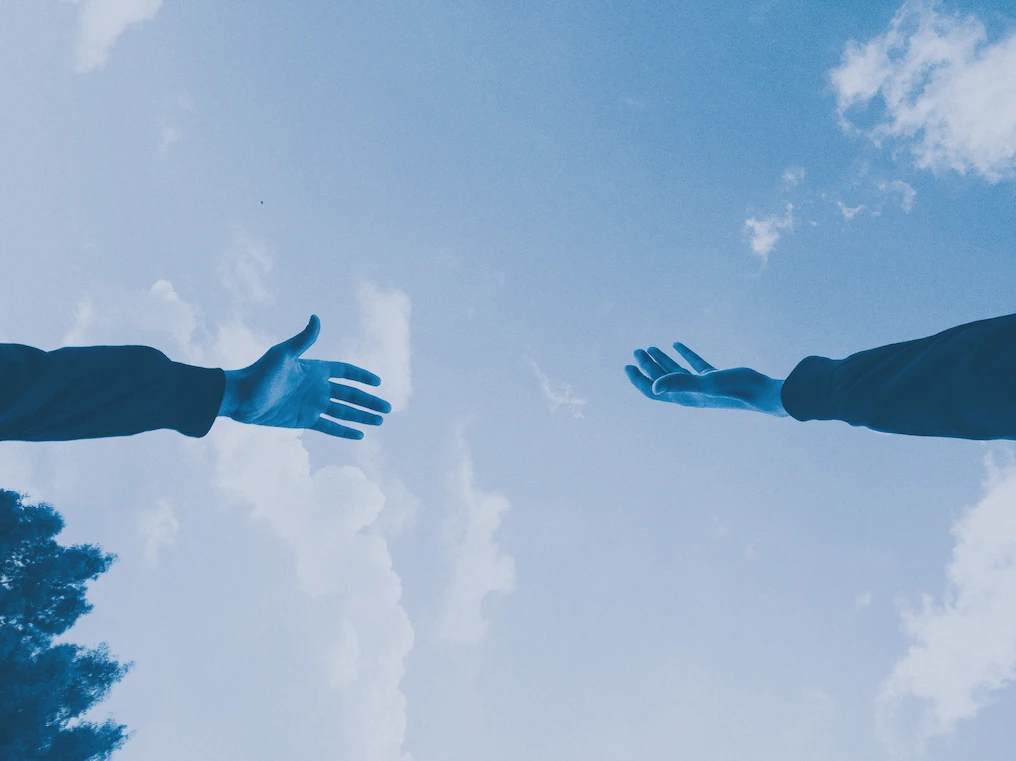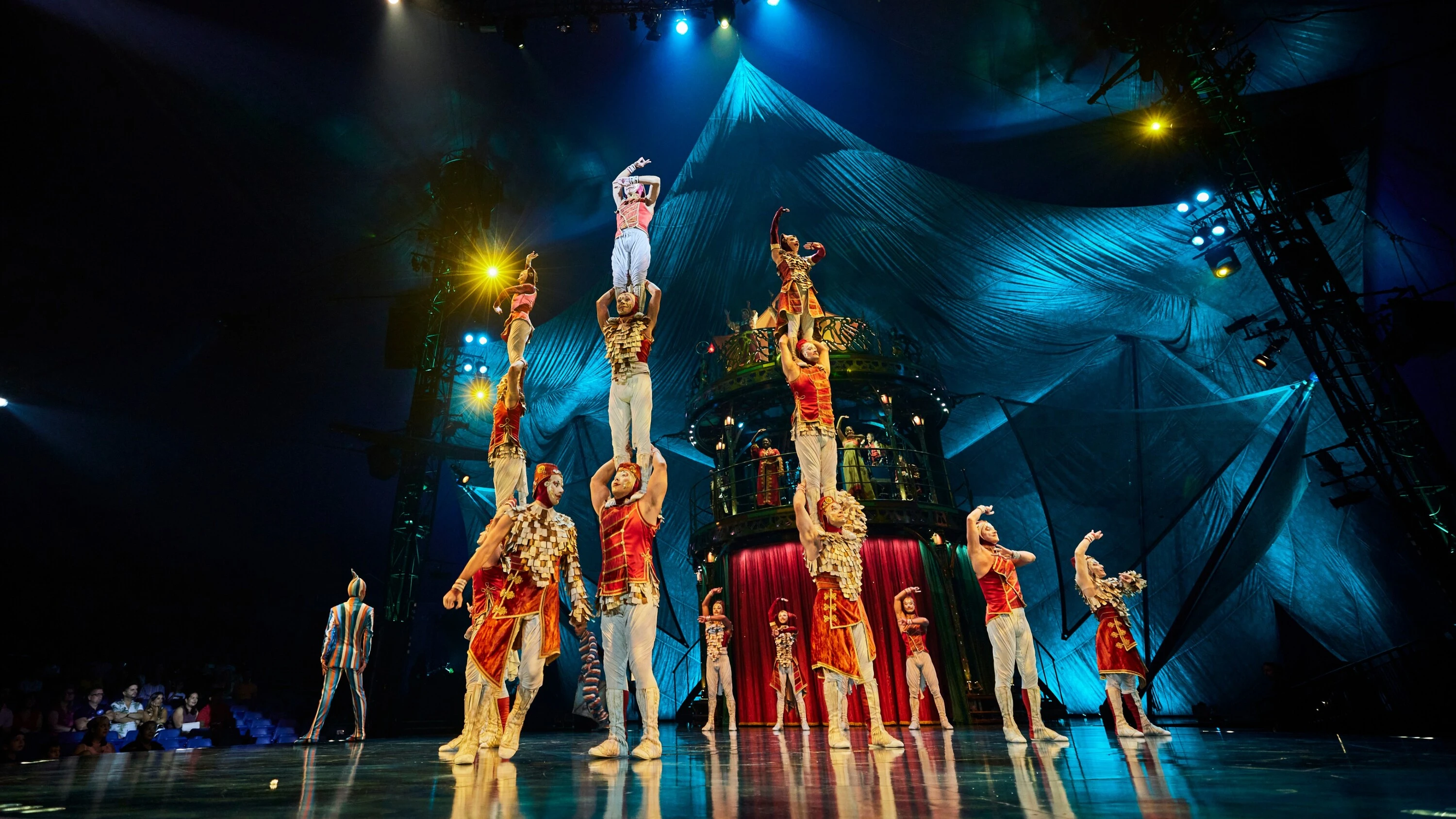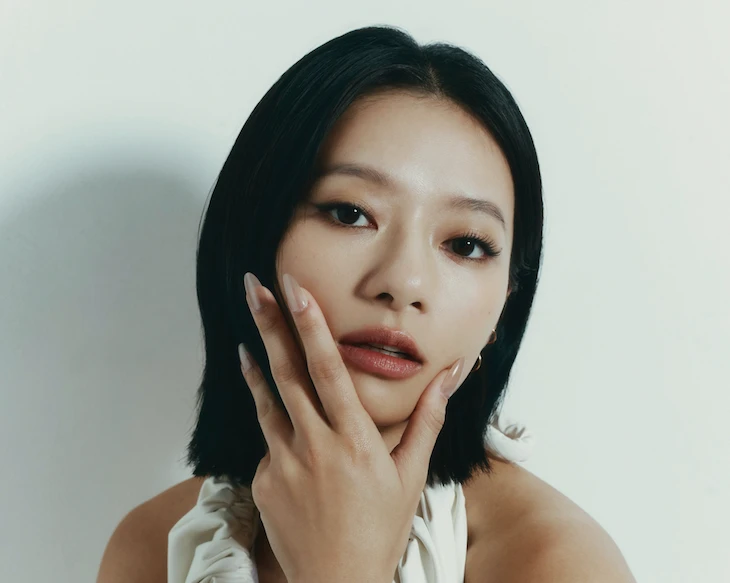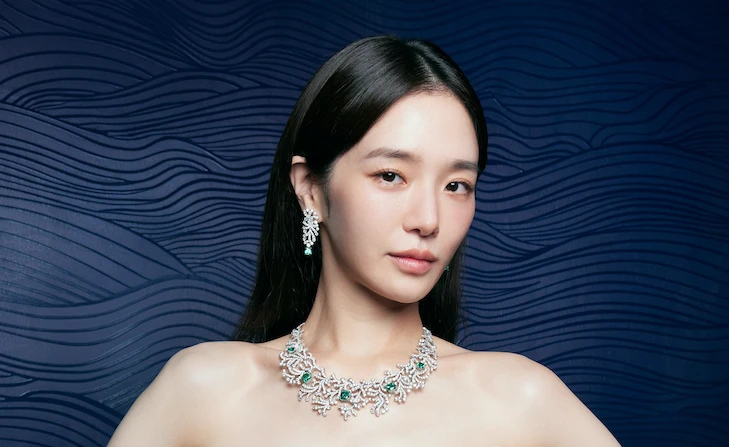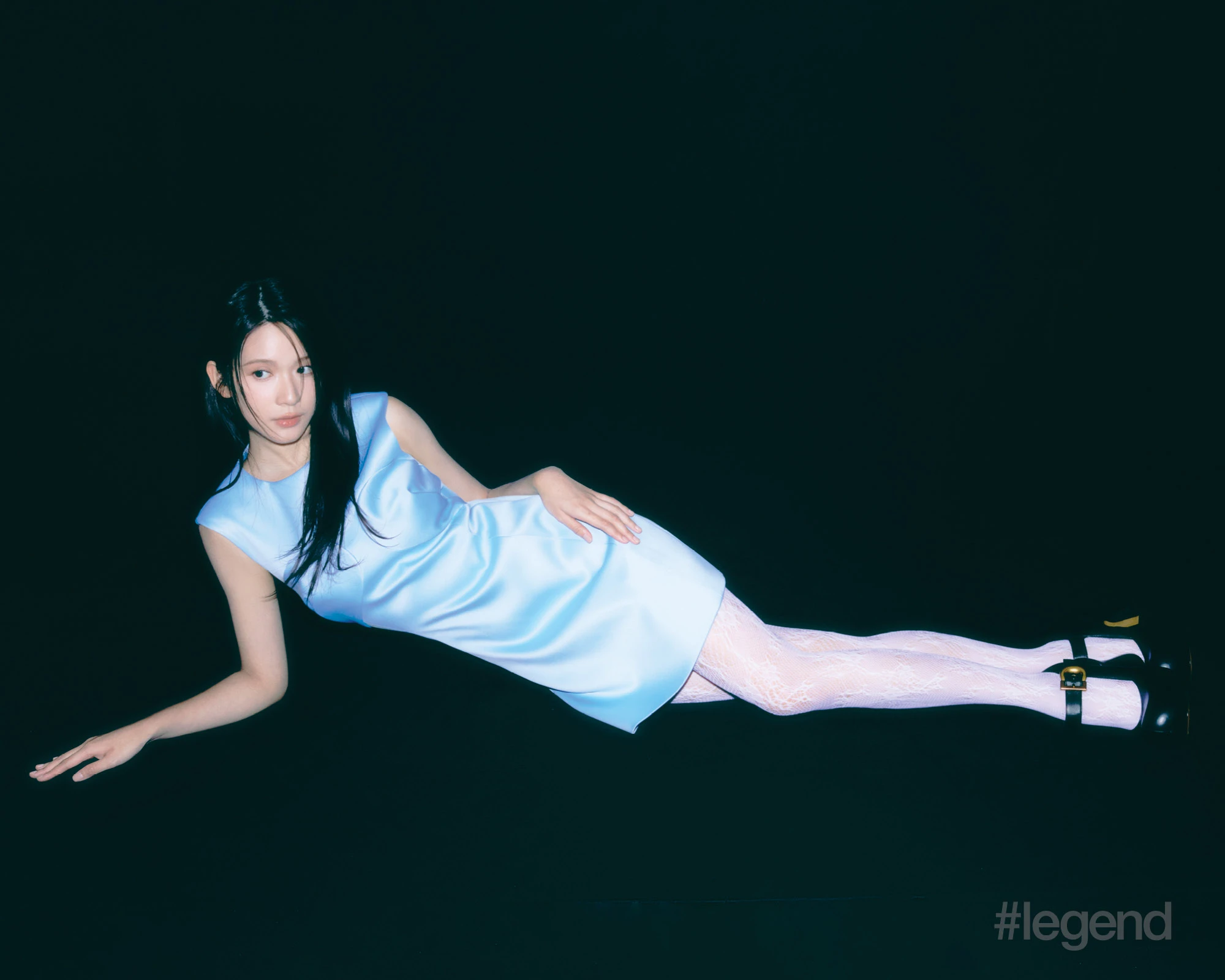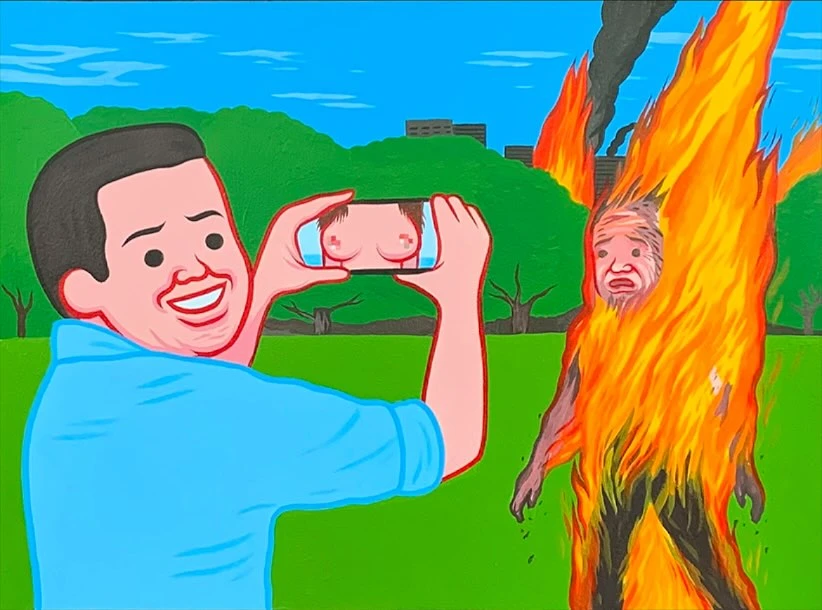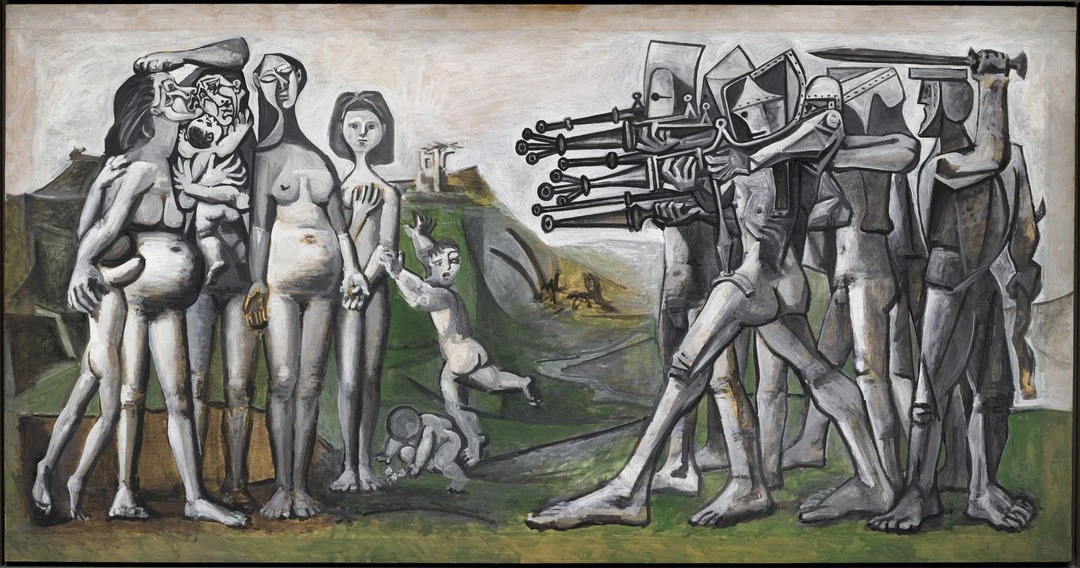Patrick Sun on collecting and supporting queer art
May 22, 2025
It’s in our nature as humans to collect – especially beautiful objects or sentimental treasures – and when we collect art, the “what” and the “why” often go hand in hand. One of Hong Kong’s most acclaimed collectors, Patrick Sun, talks to Jaz Kong about playing a pivotal role in the development of the local art scene
Patrick Sun, founder and chief executive of Sunpride Foundation
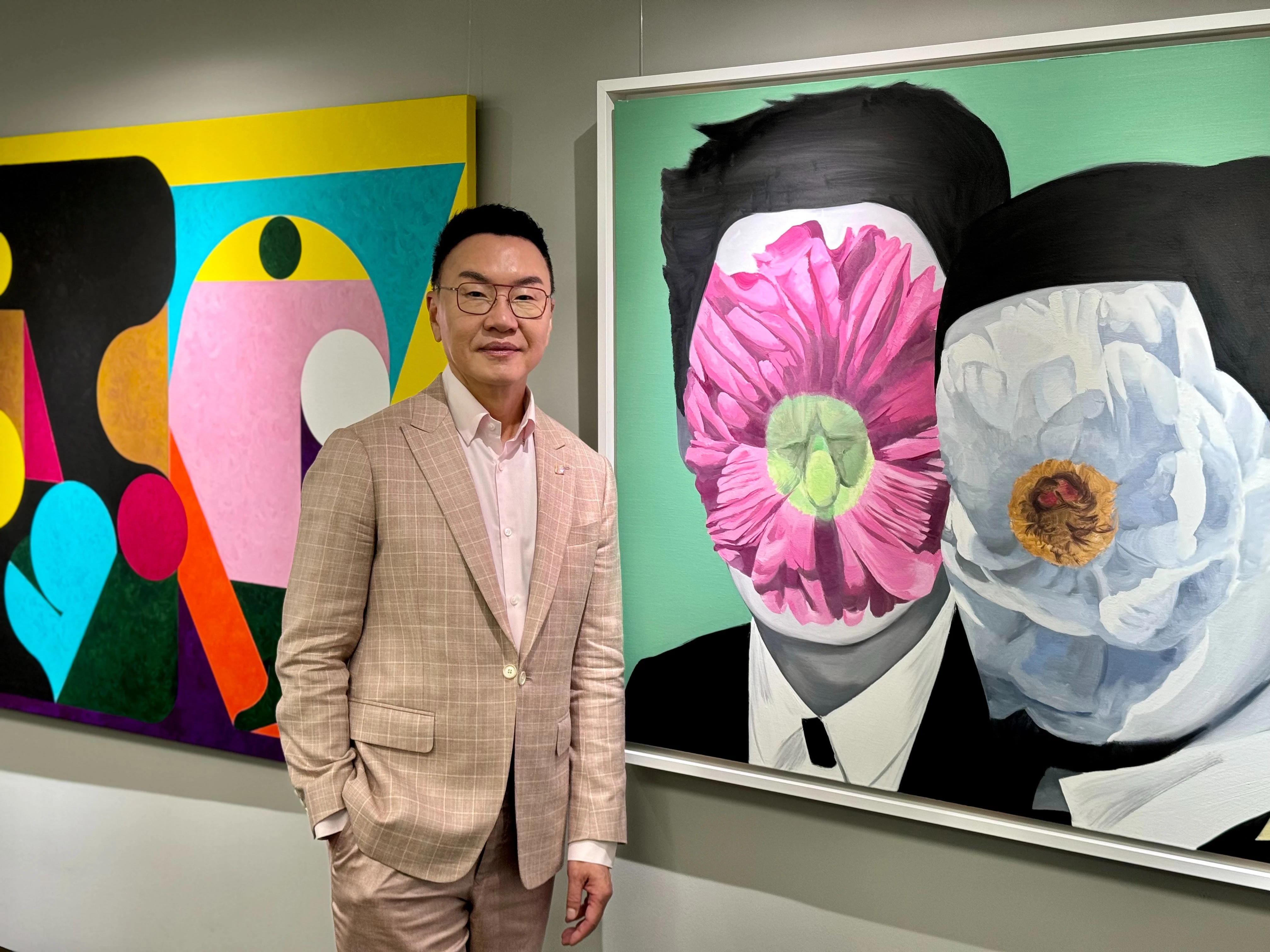
When Uli Sigg, the Swiss diplomat and leading collector of Chinese contemporary art, gives you advice, it’s worth taking seriously. At least that’s what entrepreneur and property developer Patrick Sun did when his friend Sigg told him, “Patrick, you should collect. But think about doing it with an exhibition, because if you just put it in your office or in your home, you won’t be able to achieve what you aim to do, which is to raise the visibility.”
Ever since setting up Sunpride Foundation in 2014 with an aim to “embrace the rich creative history of the LGBTQ community”, Sun has been systematically collecting art and showing it across Asia. He’s one of the few collectors in the world who focus on queer artists or queer-related art, having set out with a goal to support LGBTQIA+ artists and break down stereotypes around queer art being only sexual and erotic.
Sunpride Foundation and the Museum of Contemporary Art, Taipei co-hosted Spectrosynthesis – Asian LGBTQ Issues and Art Now, the first LGBTQ- themed exhibition staged in an art museum in Asia, in 2017. Two years later, the foundation partnered with Bangkok Art and Culture Centre to present Spectrosynthesis II – Exposure of Tolerance: LGBTQ in Southeast Asia, the largest-ever survey of regional contemporary art exploring lesbian, gay, bisexual, transsexual and queer creative history in Southeast Asia and beyond, followed by Myth Makers – Spectrosynthesis III, the first major survey exhibition on LGBTQ+ perspectives in Hong Kong, in 2022.
“We plan to do the show hopefully in all Asian cities, especially where people in the LGBTQ community still have a lot to struggle for. We hope that through our show, we give them a platform to make their voice heard,” says Sun, who shares that art has long been an important part of his life.
“I’ve always been interested in contemporary art. My partner Sean and I travel very often, and we find that if we go to a scenic or [sightseeing] site, we only have to go there once. Whether it’s Machu Picchu or the London Bridge, you go there, you’ve seen it, done. But if you go to Centre Pompidou, MoMA or the Guggenheim, you can go there every year or every season and always find new things to see,” he explains.
When Sun started to think about serious collecting, his instinct was to marry it with his other passion. “I said I want to do it with a mission,” he says. “As someone who has supported the LGBTQ community for a long, long time, I thought it was just natural that we merged the two passions together.”
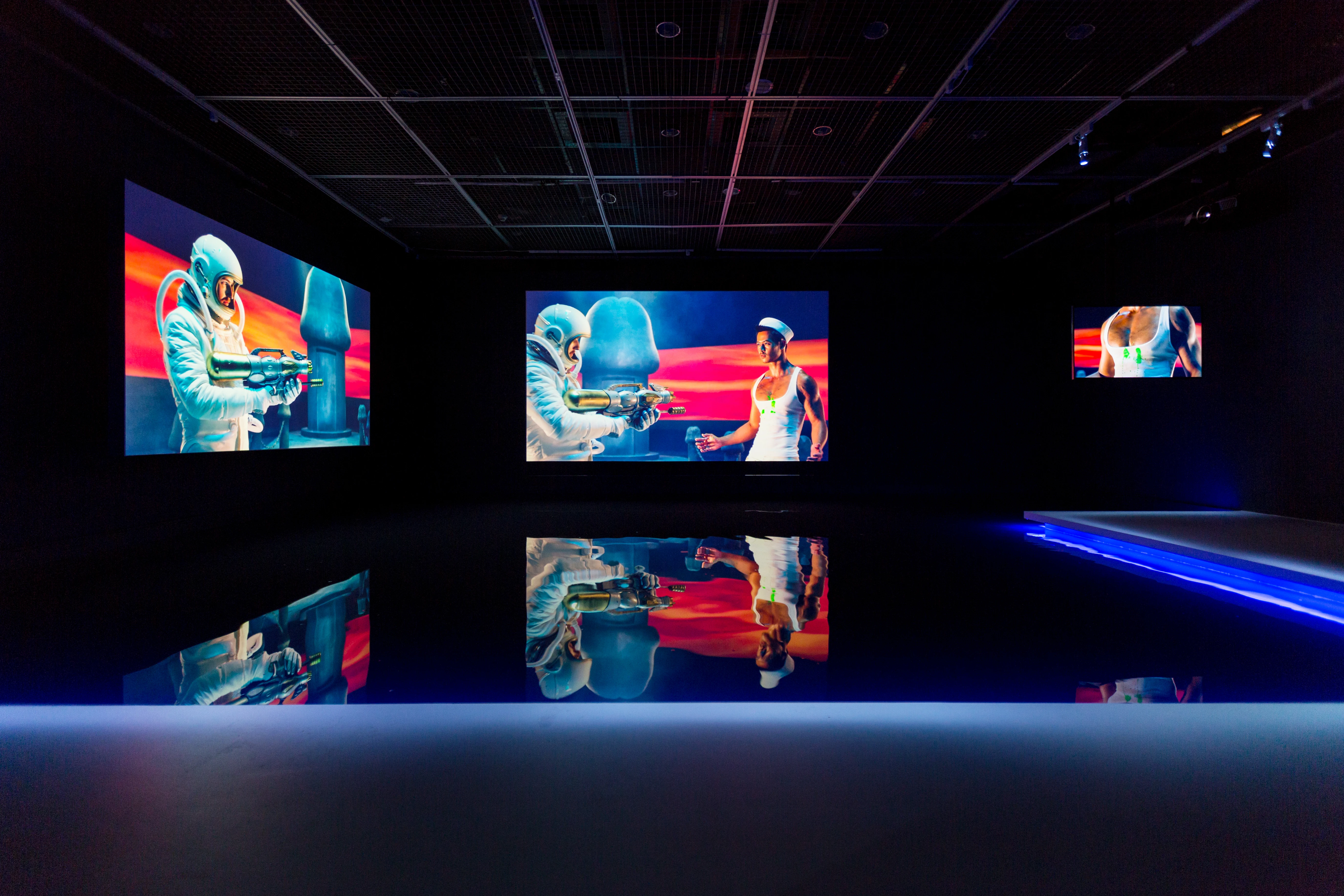
Before diving deep into contemporary art, Sun collected traditional Chinese paintings. However, shifting to contemporary art simply made more sense. “I believe it’s more relevant,” he explains. “Traditional Chinese landscape paintings from hundreds of years ago are beautiful to look at, but frankly speaking, they don’t inspire me as much as contemporary work.”
Just looking at the treasures in Sun’s office, it’s clear he’s passionate about his collection and is eager to share the stories behind each piece. Take one of the works on the wall as an example. Even though Yue Minjun is not a queer artist, Sun bought his Hollyhock and Pure Daisies, which he painted during the pandemic in tribute to Leslie Cheung, a famous singer, performer and gay icon in Hong Kong, and his lover Daffy Tong, represented by two flowers that are not supposed to blossom in the same season as a depiction of an “unnatural” relationship.
This also demonstrates the significance of collecting the “now”, Sun says. “Of course it’s important to stay current. Social issues are something that we should all be concerned about, and the queer issue is one particular subject that people are focusing on these days. And by staying current, we can also bring out more younger artists as well.”
While Sunpride Foundation was created with the mission to embrace and promote the rich, creative history of the LGBTQ community, it does not wish to label or out anyone. For example, its collection includes Hosoe Eikoh’s photographs of the famous Japanese author and gay icon Yukio Mishima. Eikoh is not gay, but his subject and the subject matter that talks about how Mishima cannot speak the truth are queer-related. “We have artists that represent all kinds of sexual identities,” Sun says proudly.
Also see: The story behind the 2025 Rolex Pavilion in Venice
Even artists who are openly queer might not feel the urgency to reveal or tell stories of their sexuality, and Sun respects that too. Samson Young’s Muted Situation series, one of which Sun owns, is a great example of stepping out of the queer narrative and talking in general terms about being oppressed. “Young filmed a group of people trying to sing but they couldn’t. They’re basically whispering, which is very easy to identify with if you’re someone who can’t speak out in society. This goes to demonstrate that it’s not just about sexuality or being queer. It’s about issues that are relevant to everyone – getting old, poverty, pollution, environmental issues and more. These are concerns that everyone should be focused on, but of course we try to look at it from a queer perspective.”
The growth of Sunpride Foundation parallels that of the queer community around the world. When Sun was leading a guided tour at the Tai Kwun show, a woman in the audience asked, “Why are there so many gays now?” Rather than be offended, he was glad someone, especially from the older generation, felt comfortable asking such a question. “I told her that gay people have always been around. It’s not because it’s trendy now, but because they’re more honest about themselves. And the social situation has changed.”
This fact is evident when the foundation tries to look to the past. “I think the most difficult part for our collection is to find these older artists,” Sun says. “Many of them have passed away and we never know about their sexuality; but it’s necessary to have their works in our show because it anchors an exhibition. It tells people where the roots come from.”
Having run the foundation for a decade, Sun takes particular pride when artists tell him they know him or wish to be in one of his shows. “It didn’t happen overnight. I think we had more trouble at the beginning because some artists are a bit skeptical – is it going to be a very stereotypical show about sex and homoerotica?” he says. “When people think about queer art shows, they think it’s going to be all nude bodies, sex scenes and all that. But we try to show them a different way of presenting queer art exhibitions.”
The next stop for Spectrosynthesis is Seoul in 2026. Sun also aspires to take the show beyond Asia’s borders, something he used to be against. Ultimately, he wants to speak to everyone – whether queer or not – through his shows and make them feel welcome, that they belong and that there is no need to hide their true selves.
Also see: #interview: Architect Martin Brudnizki on designing Hong Kong's Deep Water Pavilia and luxury living


